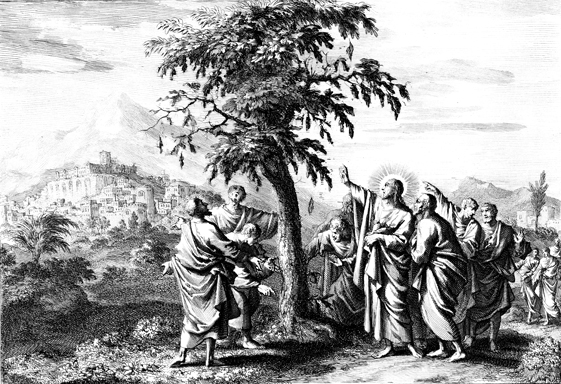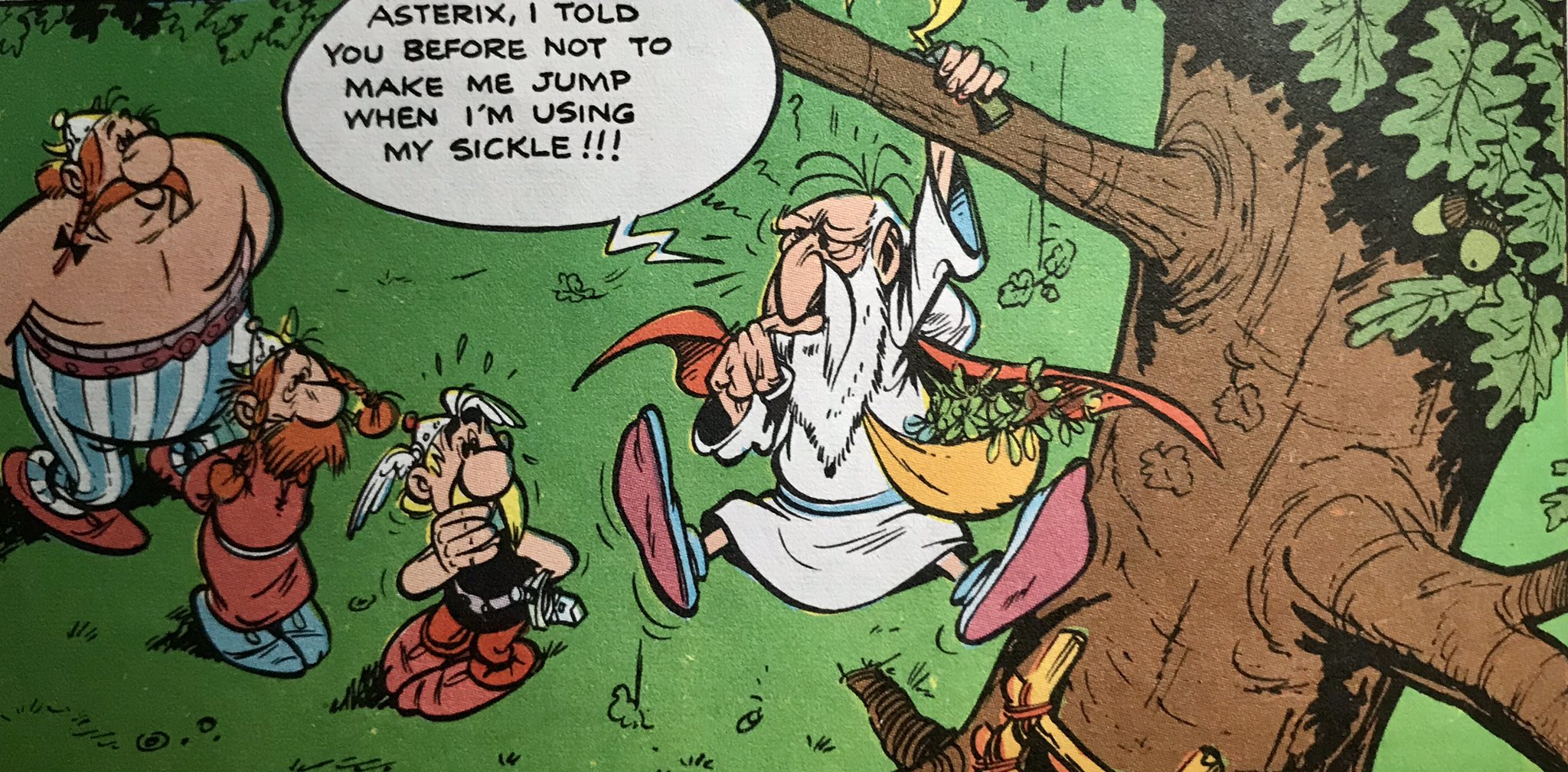
As a kid, I was introduced to the idea of mistletoe being the plant people kiss under at Christmastime.

Then, when I was a little older, I started looking into Norse mythology, and found the story about how mistletoe had killed the god Baldur. The story has it that Baldur’s mother Frigg forced everything that existed to swear an oath not to harm her son, but neglected the mistletoe because it was so small (or young), which Loki then used to his advantage. He directed Baldur’s blind brother Hodur to use a mistletoe missile on his brother. That does raise the question as to why mistletoe, as there must have been other small plants that could have filled the same purpose.
/https://tf-cmsv2-smithsonianmag-media.s3.amazonaws.com/filer/13/99/1399c995-eb81-4826-b587-2c5552d55023/mistletoe.jpg)
Mistletoe is a parasitic plant, which only grows by attaching itself to trees or shrubs. And many varieties of it are toxic The name itself might even have a somewhat disgusting association, possibly coming from the German for “dung-twig,” referring to how mistletoe seeds are spread through bird droppings. And the scientific name, viscum album, is Latin for “white goo.” There are definitely positive associations as well, however. It’s a food source for a lot of animals, and was traditionally used in medicine. Mistletoe was a fertility symbol in some cultures, which might have indirectly led to the kissing thing, which is believed to have started in England. It was a symbol of peace in Scandinavia, and I’ve seen mentions of people being required to stop fighting when under mistletoe.

Pliny the Elder claimed that Druids harvested mistletoe with a golden sickle, gathering it in a mantle so it wouldn’t touch the ground.
I’ve seen multiple attempts to link Santa Claus with Odin (which I’ve before mentioned myself), who was himself associated with Yule, a holiday celebrated in Germanic countries around the winter solstice.

One of Odin’s many names is Jolnir.

If so, the Allfather must be pretty upset that people are kissing underneath the thing that killed his son. Really, though, the links between the two figures are quite tenuous. Apparently the only attestation to Odin as a gift-giver is that he gave weapons to heroes, hardly the same as toys for children. That does make me think of Father Christmas giving out weapons in C.S. Lewis’ The Lion, the Witch, and the Wardrobe, and Lewis was certainly familiar with Norse mythology.

I’ve seen several websites that referred to an alternate version of the myth where Frigg’s tears turned into mistletoe berries and somehow brought Baldur back to life, after which it became a positive symbol instead of a negative one. The source that I’ve seen for this is the 1898 edition of Brewer’s Dictionary of Phrase and Fable, which says, “Balder was restored to life, but the mistletoe was placed in future under the care of Friga, and was never again to be an instrument of evil till it touched the earth, the empire of Loki.” What the source was for that, I don’t know. Baldur coming back to life seems to be a minor point that doesn’t much relate to the rest of the story; Frigg could just as easily have rehabilitated the mistletoe even if Baldur stayed dead.

It’s been proposed that the branch Aeneas uses when entering the underworld, described as a golden bough, is mistletoe, as the European variety has golden berries. The sibyl Deiphobe told the hero to pluck it from a nearby grove and present it to Propserpina, the Roman name for Persephone, Queen of the Underworld. This is where Sir James George Frazer’s got the title for his book The Golden Bough, which popularized the idea of an annual sacrifice and rebirth being present throughout mythological tradition. What seems to be the more accepted version of the story claims that Baldur will be resurrected someday, but only after the end of the world. If the death of Baldur, the shining god, was supposed to be a cyclical thing, the mistletoe could have something to do with the coming of winter, but this is all pure supposition. I’ve also seen it suggested that mistletoe was the plant Asclepius used to bring a man back from the dead. Another strange legend comes from Brittany in France, where there’s a tradition that the cross on which Jesus was crucified was made of mistletoe, which used to be a kind of tree. It was cursed for its role in the crucifixion, and became a parasite from then on. I don’t know that the mistletoe CHOSE to be the material for a means of execution, but maybe we should take the story about the fig tree as evidence that Jesus just liked to take his frustration out on plants.

I suspect there’s evidence as to mistletoe being parasitic long before Jesus’ lifetime, but I suppose that’s why it’s a legend.


Pingback: Mistletoe the Line – Glyn Hnutu-healh: History, Alchemy, and Me
Pingback: Sympathy for Sympathetic Magic | VoVatia